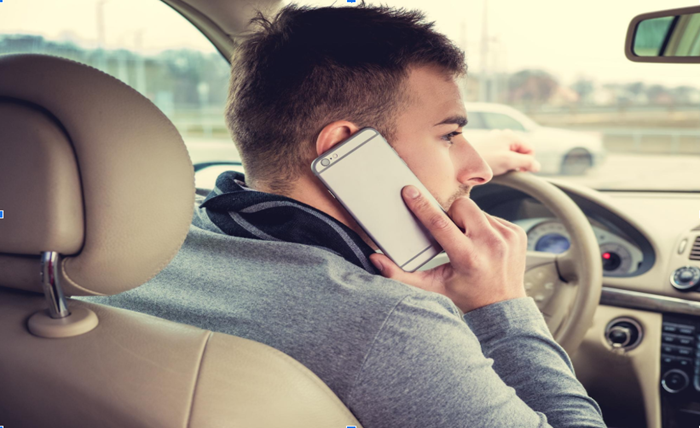Distracted driving has become one of the leading causes of motor vehicle accidents across the United States, claiming thousands of lives annually and leaving countless others with serious injuries. When you’re involved in an accident caused by a distracted driver, proving negligence becomes crucial for securing the compensation you deserve. Understanding the legal elements required to establish negligence can make the difference between a successful claim and a dismissed case.
New Jersey has some of the strictest distracted driving laws in the nation, with penalties including fines up to $800 for first-time offenders. The state follows a hands-free driving law that prohibits the use of handheld electronic devices while operating a vehicle. New Jersey courts have consistently held drivers to high standards of attention and care while behind the wheel. Despite these strict laws, many people continue to drive distracted and cause serious accidents, putting other road users at risk.
When navigating these complex legal waters, experienced distracted driver lawyers in New Jersey can provide invaluable guidance in building a strong negligence case and ensuring all evidence is properly preserved and presented.
The Four Elements of Negligence
To successfully prove negligence in a distracted driving case, you must establish four critical elements. First, you must demonstrate that the defendant owed you a duty of care. All drivers have a legal obligation to operate their vehicles safely and attentively, following traffic laws and exercising reasonable caution to prevent harm to others on the road.
Second, you must prove that the driver breached this duty of care. In distracted driving cases, this typically involves showing that the driver was engaged in activities that diverted their attention from driving, such as texting, talking on the phone, eating, or using navigation systems inappropriately.
The third element requires establishing causation—proving that the driver’s distracted behavior directly caused the accident and your resulting injuries. This often involves reconstructing the sequence of events leading up to the collision and demonstrating how the distraction contributed to the crash.
Finally, you must document actual damages, including medical expenses, lost wages, property damage, and pain and suffering. Comprehensive documentation of all losses is essential for maximizing your recovery.
Building Your Case
Successful negligence cases rely heavily on strong evidence collection. Cell phone records can reveal whether the driver was texting or calling at the time of the accident. Traffic camera footage, dashcam videos, and witness statements can provide crucial testimony about the driver’s behavior immediately before the collision.
Police reports often contain valuable information about the accident scene and any citations issued. Additionally, expert testimony from accident reconstruction specialists can help establish how distraction contributed to the crash dynamics.
Moving Forward
Proving negligence in distracted driving cases requires thorough preparation, detailed evidence gathering, and a comprehensive understanding of state traffic laws. The legal process can be complex, particularly when dealing with insurance companies that may attempt to minimize your claim or shift blame.
Remember that most states have statutes of limitations for personal injury claims, so acting promptly is essential. With proper legal representation and a methodical approach to evidence collection, you can build a compelling case that holds distracted drivers accountable for their negligent actions and secures the compensation you need to move forward with your recovery.


